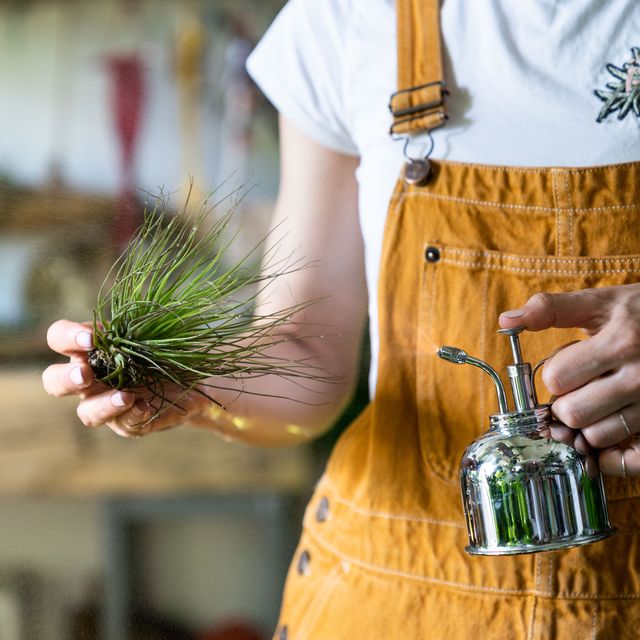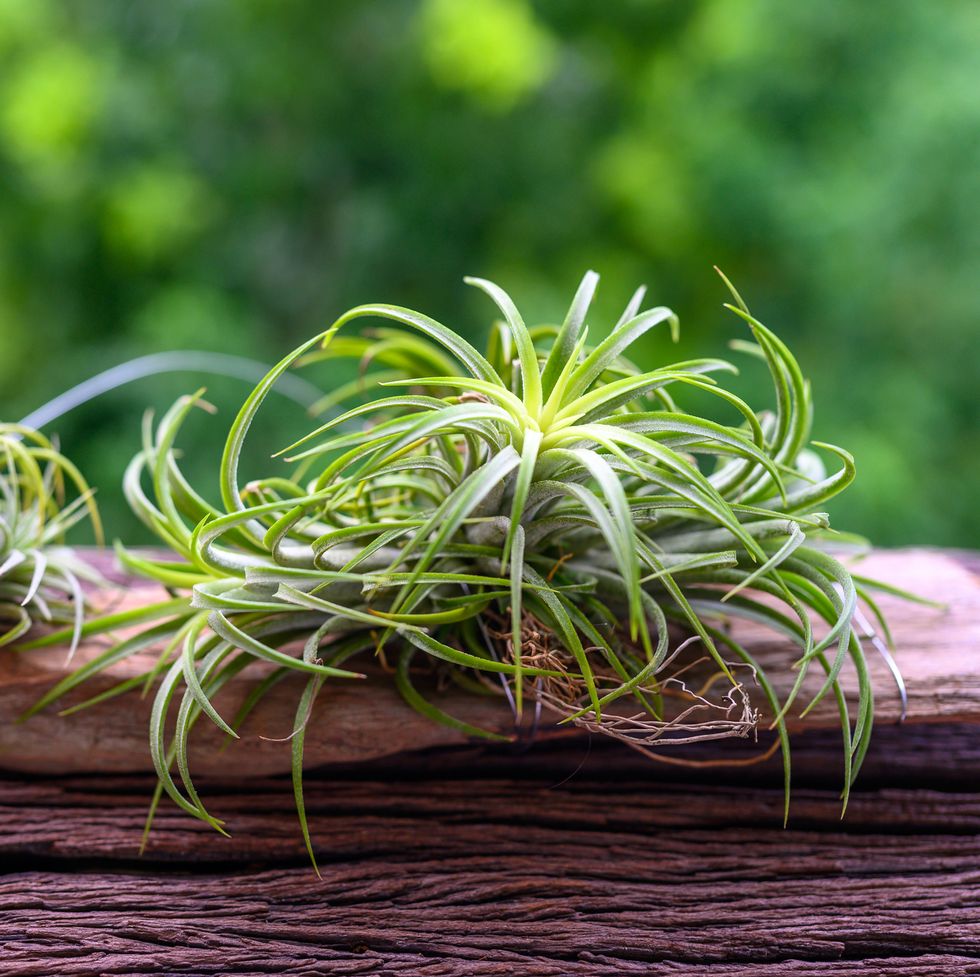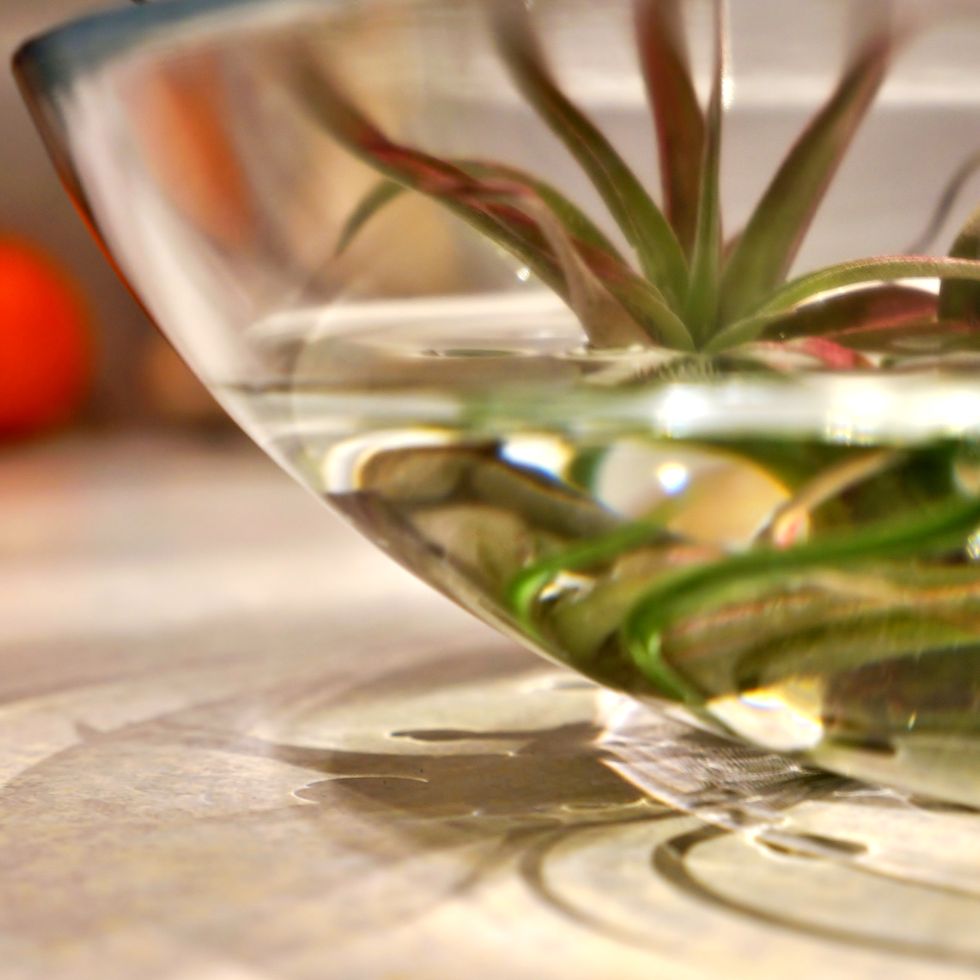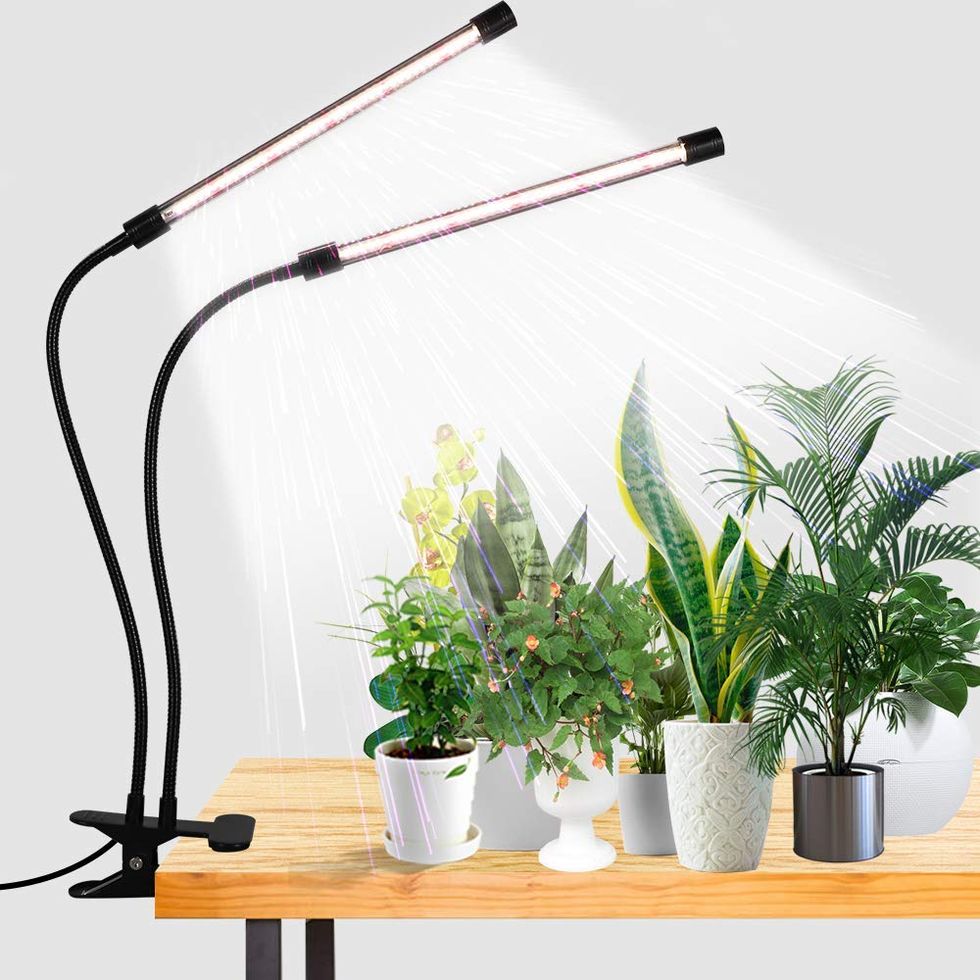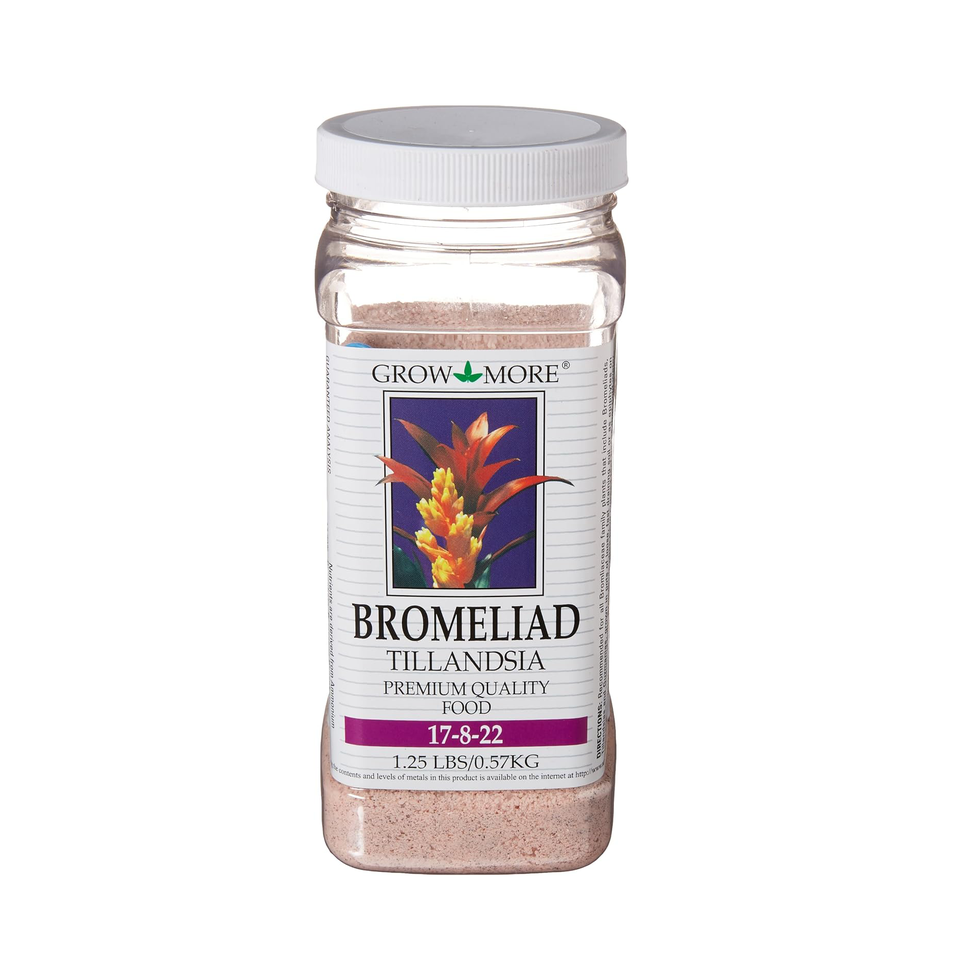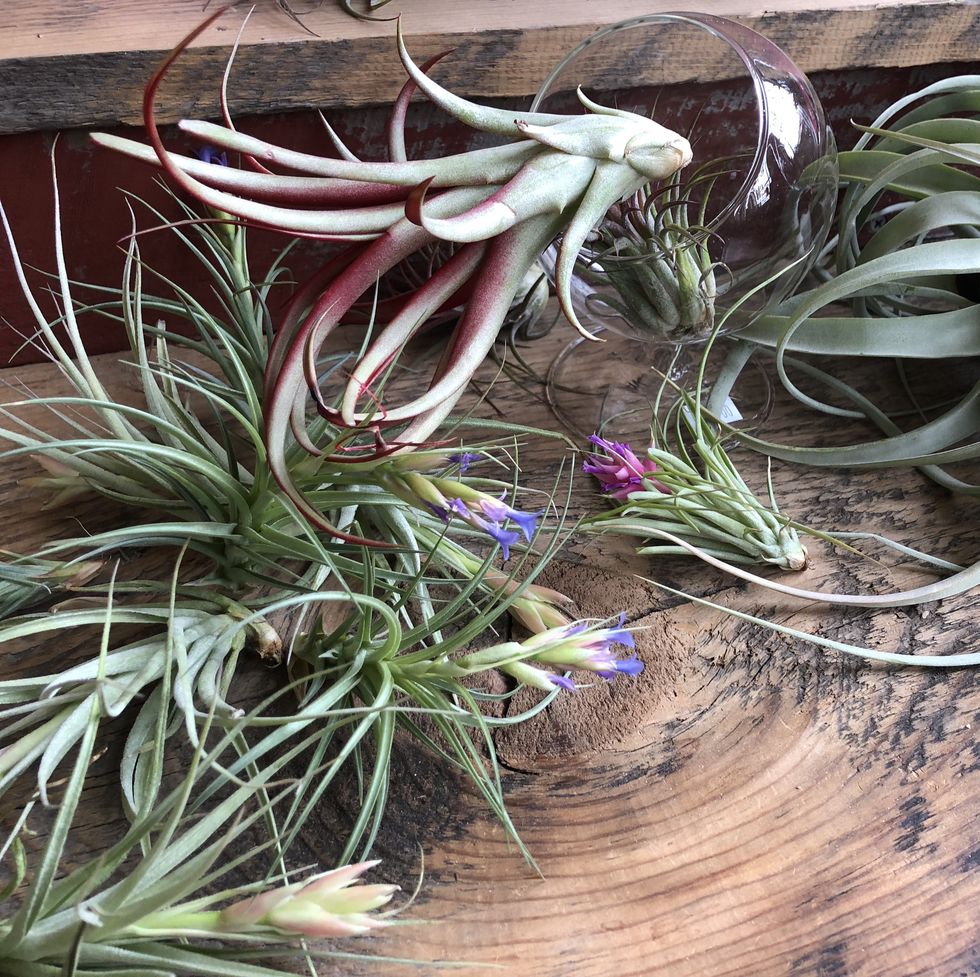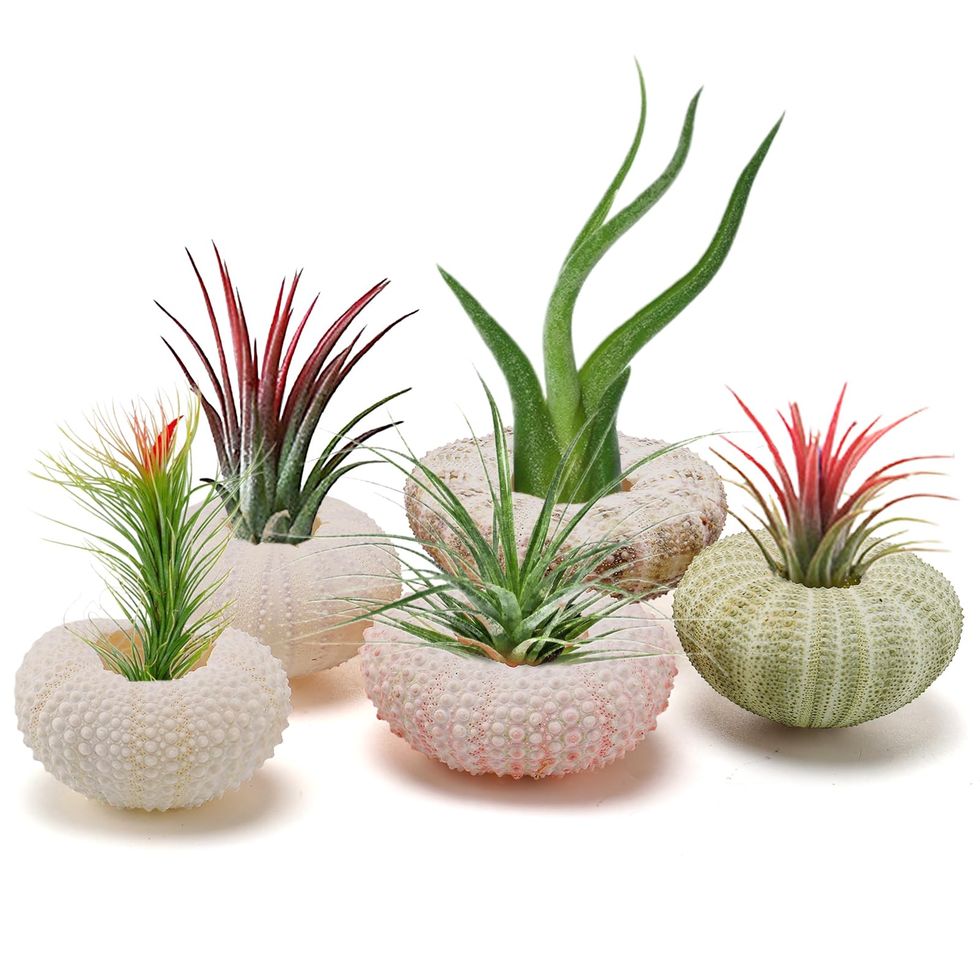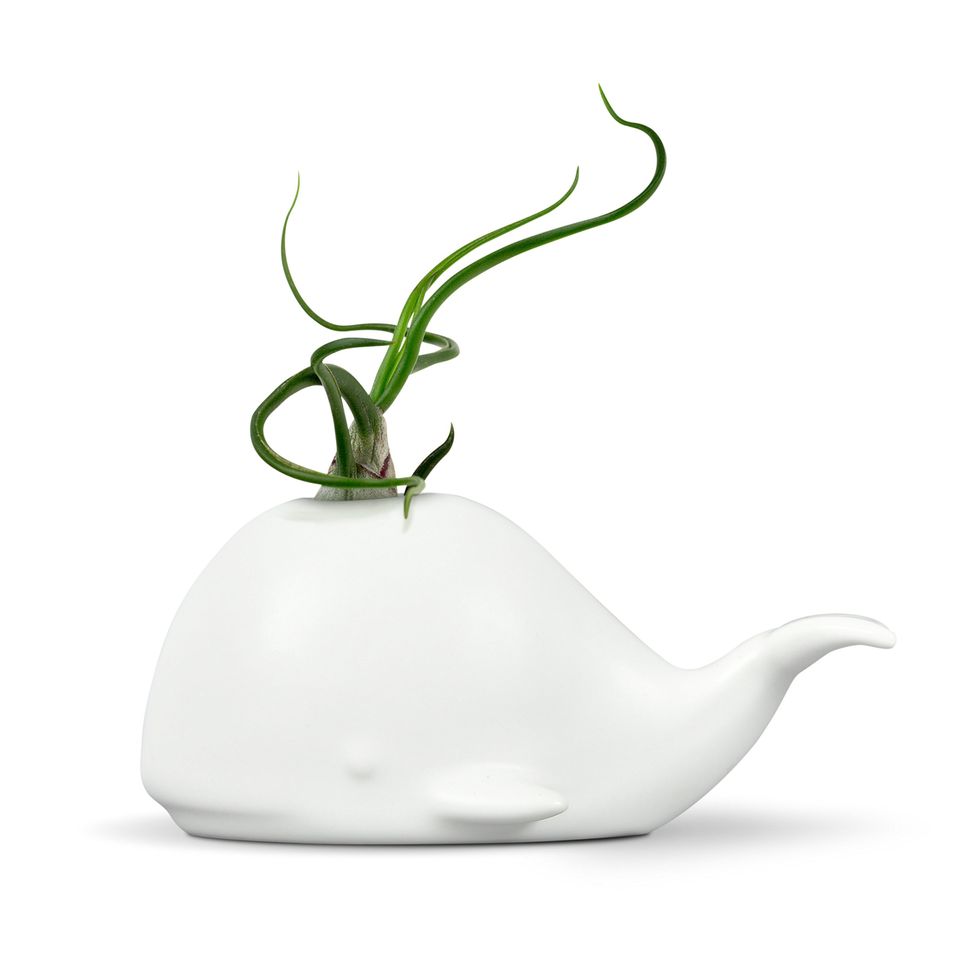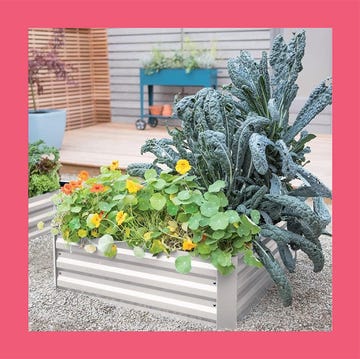Air plants, also known as tillandsias, are one of the most extraordinary indoor houseplants you can grow. Their quirky shapes and unique forms make them irresistible! Best of all, air plant care is easy, if you understand what these plants need.
Air plants are epiphytes, meaning they anchor to a host plant by their roots. They do not need soil to grow, absorbing moisture and nutrients through little scale-like structures, called trichomes, on their surfaces. They grow on branches, tree trunks, and rocks. “Similar to orchids, air plants found a way to grow where other plants cannot,” says Marc Hachadourian, director of glasshouse horticulture and senior curator of orchids at the New York Botanical Garden. “They are not parasites and do not harm their hosts.”
Air plants are members of the pineapple, or bromeliad, family and are native to tropical climates like those in Central and South America, the West Indies, and the Southern U.S. states, “One species, commonly known as Spanish moss (Tillandsia usneoides), is recognizable as the iconic grey beard-like moss dripping from branches of trees in the Southern U.S.,” says Hachadourian. “It is not a moss but a variety of Tillandsia found throughout the Southern U.S., Caribbean, and much of South America.”
There actually are hundreds and hundreds of varieties, which are divided into two main categories, based on where they grow in the wild. “Xeric air plants typically grow in drier climates,” says Raffaele Di Lallo, plant expert at Ohio Tropics and author of Houseplant Warrior: 7 Keys to Unlocking the Mystery of Houseplant Care. “They usually have a gray color due to the large and dense trichomes, which help them efficiently absorb water and nutrients.”
Mesic plants grow in more humid environments that receive more rainfall than xeric types. “They typically have smaller and less dense trichomes, giving them a greener appearance,” says Di Lallo. Knowing which type you have — especially because they are not always labeled when you purchase them — will guide the care each type needs.
Read on for everything you need to know air plant care.
How Do You Care for Air Plants?
The most important thing is to find a spot where your air plant gets plenty of light, or it will not survive. “They should be placed in front of a window,” says Di Lallo. “Tillandsias are not low light plants. Some species grow in full sun, and other in dappled sun or shadier conditions.” That means don’t place them in a bowl in a dark room and expect them to thrive!
Xeric (gray) plants need more sun than mesic (green) plants. “Xeric plants should get at least a few hours of direct sunlight,” says Di Lallo. However, if you live in an area with very strong sun, such as the Southeast or Southwest, avoid placing the plant directly in blazing hot mid-day sun.
If you don’t have a nice, bright window in your home, don’t despair. These plants also do well under grow lights, says Hachadourian. Use an LED grow light to help these plants thrive.
How Do You Water Air Plants?
Air plants can be misted heavily, but it’s not always a foolproof method because it will need to be done daily until water runs off. Di Lallo prefers to dunk or soak the plants instead. Either place your plant under a running stream of water in your sink, turning the plant so every surface gets wet. Or soak the plant in a bowl about an hour once a week, says Di Lallo.
The most important thing to remember is that after watering, no matter what method you use, you must shake out any excess water. Then let the plant dry upside-down on a kitchen towel before placing it back in its growing location, says Di Lallo.
Should You Fertilize Air Plants?
It’s not entirely necessary, but you can to help encourage growth, says Di Lallo. Feed it with a fertilizer formulated for bromeliads, according to the package instructions. Some growers like to dilute the fertilizer to ¼ strength, but you can experiment to see what works best for you.
Do Air Plants Flower?
Yes! When they are several years old, they may flower if they are getting enough light. They only flower once, then they die. Although the mother plant will slowly decline after flowering, tiny baby plants, called pups, will develop at the base of the plant, says Di Lallo. You can leave them in place to form a clump, or you can separate the pups from the mother when they’re about one-third to half the size of the mother. Now you’ll have a brand new plant!
How Should I Display My Air Plant?
There are so many cool ways to show off your fun air plants! Make sure they get good air circulation, but then use your imagination. They can be displayed in a hanging basket or glass ball, on a piece of driftwood or shell, or in a special planter stand. Just make sure they still get enough light wherever you place them.
What Are the Best Kinds of Air Plants to Grow?
With hundreds of types, it’s hard to collect just one. But Hachadourian and Di Lallo suggest these easy-to-grow types:
- Tillandsia ionantha. This small clustering variety is one of the most popular types available, with a bright red blush and tubular purple blooms.
- Tillandsia xerographica. This is one of the larger forms with individual plants reaching more than a foot in diameter with striking rounded curls of foliage.
- Tillandsia tectorum. The unique hairy appearance is due to very large trichomes
- Tillandsia aeranthos. The clumping pine needle-like foliage will make rounded spheres in time. It has arching blooms of magenta with contrasting amethyst purple flowers.
Arricca Elin SanSone has written about health and lifestyle topics for Prevention, Country Living, Woman's Day, and more. She’s passionate about gardening, baking, reading, and spending time with the people and dogs she loves.
